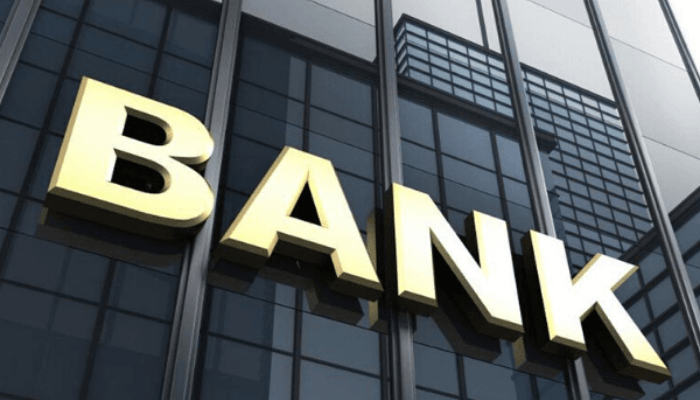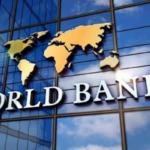Nigeria’s biggest banks recorded a gradual rise in customer lending in the first nine months of 2025, with combined loans reaching nearly N42 trillion. The increase reflects a shift in monetary policy and signs of renewed credit demand across major sectors.
BusinessDay’s review of the financial statements of Zenith Bank, GTCO, FBN Holdings, UBA, and Access Holdings shows that aggregate customer loans grew by 2 percent from the N41.3 trillion reported in the same period in 2024, and 5 percent above the full-year 2024 level. The advance follows two years of tight liquidity and high interest rates that slowed loan growth and pushed banks to rely heavily on FX revaluation and investment securities for income.
Read also: CBN outlines next steps as Nigeria leaves FATF grey list
Access Holdings leads expansion
Access Holdings recorded the largest loan book at N12 trillion, driven by its retail strategy, wider African presence, and increased appetite for corporate lending in infrastructure-related areas. FBN Holdings followed with N9.5 trillion, supported by diversification efforts and improved asset quality. Zenith Bank’s customer lending reached N9.3 trillion, reflecting growth in manufacturing, trade, and digital services.
The credit expansion is coinciding with the Central Bank of Nigeria’s (CBN) first benchmark interest rate cut in five years. In September, the Monetary Policy Committee reduced the Monetary Policy Rate by 50 basis points to 27 percent. The CBN also narrowed the asymmetric corridor to +250/-250 basis points from +500/-100 and lowered the Cash Reserve Ratio for commercial banks to 45 percent. These steps released liquidity and signalled an intention to encourage private-sector lending.
Read also: Femi Otedola raises FirstHoldCo Holdings with N2bn share deal
Analysts expect “earnings normalisation”
Analysts at Meristem noted in their October banking update that the industry is entering a period of “earnings normalisation”. The extraordinary FX revaluation gains that lifted bank profits in 2024 have eased as currency volatility reduced in 2025. The naira, which opened the year at N1,660 per dollar, traded within a narrower range and closed October at N1,427.50 at the Nigerian Foreign Exchange Market.
Meristem reported that banks which recorded large FX gains in 2024 saw fewer gains this year, and in some cases posted negative FX impacts. This lowered non-interest income and weighed on overall performance, a trend the analysts said was expected.
With lower yields on government instruments and reduced FX-related gains, banks are shifting back to interest-earning assets, especially customer loans. Industries with rising demand—manufacturing, infrastructure, energy, telecommunications, and the creative economy—are expected to play a central role in credit expansion.
Read also: FG backs $220m penalty on Meta for mishandling Nigerians’ data
Credit risk trends shift
Banks are also seeing higher impairment charges as the CBN’s revised forbearance rules encourage earlier recognition of non-performing exposures. This has led to increased provisioning, especially for banks with significant oil and gas, trade, and SME exposures. Analysts note that early provisioning may strengthen long-term balance sheet health, even though it pressures short-term profitability.
Read also: Afreximbank, MDGIF sign MoU to mobilise $500m for gas infrastructure in Nigeria
Outlook for 2026
Analysts expect further monetary easing in 2026 if inflation continues to moderate. Lower lending rates could support corporate investment and stimulate working capital loans, retail credit, and project financing. Banks may see a recovery in net interest margins if asset quality remains stable.
For now, the N42 trillion loan figure shows an industry gradually returning to its core role of providing credit. The monetary environment and steadier currency conditions suggest that banks may be preparing for a more active lending cycle in the year ahead.










